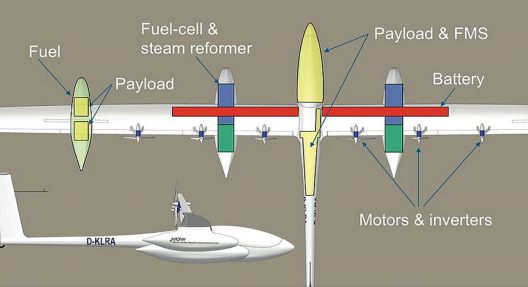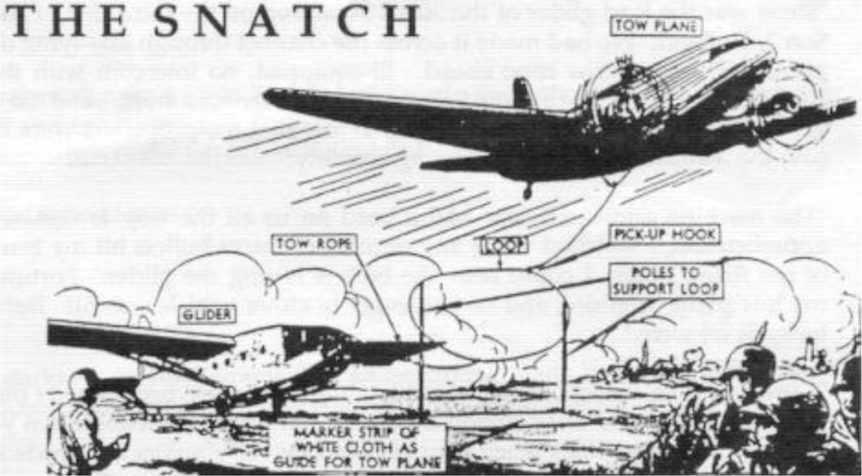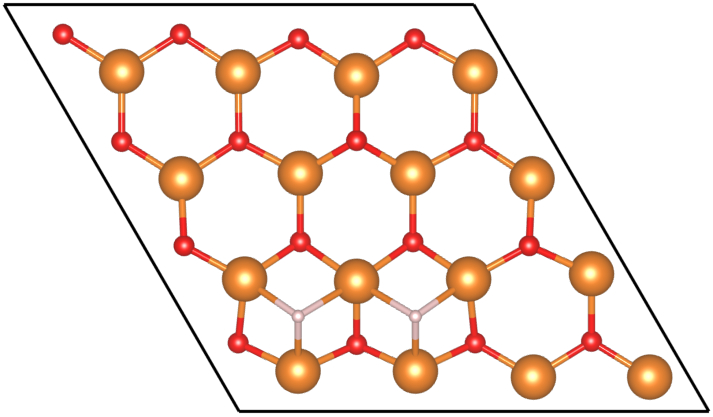One problem with recharging electric vehicles is finding a charging station on the road. Electric vehicle makers provide GPS clues on their moving map displays, and electric pilots will doubtless have markers for fields with appropriate facilities for our future E-flyers. Researchers at the University of Massachusetts at Lowell may have done an end run around that problem, though. Their “new technology uses water, carbon dioxide and the metal cobalt to produce hydrogen gas on demand at a relatively low temperature and pressure.” The hydrogen produced goes directly to a fuel cell which generates electricity and powers the EV’s motor, rechargeable battery and headlights. When the canister that contains the H2 is empty, the driver can swap it with a “full” one. The researchers haven’t shared a great number of details, but we can guess the volume and weight of the canisters based on similar applications on the Pipistrel H4 and e-Genius, the much tested first and second-place winners, respectively, …
Jetstream Cargo Gliders – Colorado to China in Three Days
Just as Richard Starke was explaining to Experimental Soaring Association attendees at this year’s Western Workshop how his proposed stratospheric cargo glider program would work, some multi-tasker checking his tablet shouted, “Perlan’s reached 76,000 feet!” Richard’s concept of launching cargo gliders that would ride the jet stream between continents was suddenly validated before an audience that a few minutes before might have been dazzled and even skeptical of his proposal. Perlan’s tows behind the recently recruited Grob Egret turboprop towplane made 10,000 feet in 10 minutes a time-to-climb reality, and tows to 40,000 feet allowed rapid exploration of developing air masses over the Patagonian mountains. The idea of flying large, cargo-carrying gliders goes back to at least Word War Two, with flotillas of Waco CG-4s and British Horsas descending on the French mainland on D-Day. The Russians even had a glider large enough to carry a tank into battle. Hawley Bowlus, who had been in on the design of the …
The Lightest Material Encapsulated in the Sheerest
Scientists may have come up with a process to wrap hydrogen-trapping magnesium with an atom-thick layer of graphene, setting up a scenario to store hydrogen in a weight-saving way. Hydrogen seems to be a perfect fuel, but like all perfect things, an unattainable one. Its lightness and smallness make it hard to contain, and pressurization required to store it adds weight to its containers. Flying since 2009, the Lange Antares DLR-H2 has been a test bed for hydrogen-fueled flight. The DLR (Germany’s NASA) explains, “The developers selected a new, larger pressure vessel that, at 350 bar (5,076 pounds per square inch), now holds five kilograms of hydrogen to replace the previous tank in the external pod on the starboard wing, which provided a capacity of just two kilograms.” It takes a substantial container and high pressure to contain hydrogen as currently used in transportation. Reducing or eliminating that equipment would make H2 a more viable power source for aviation. That …



